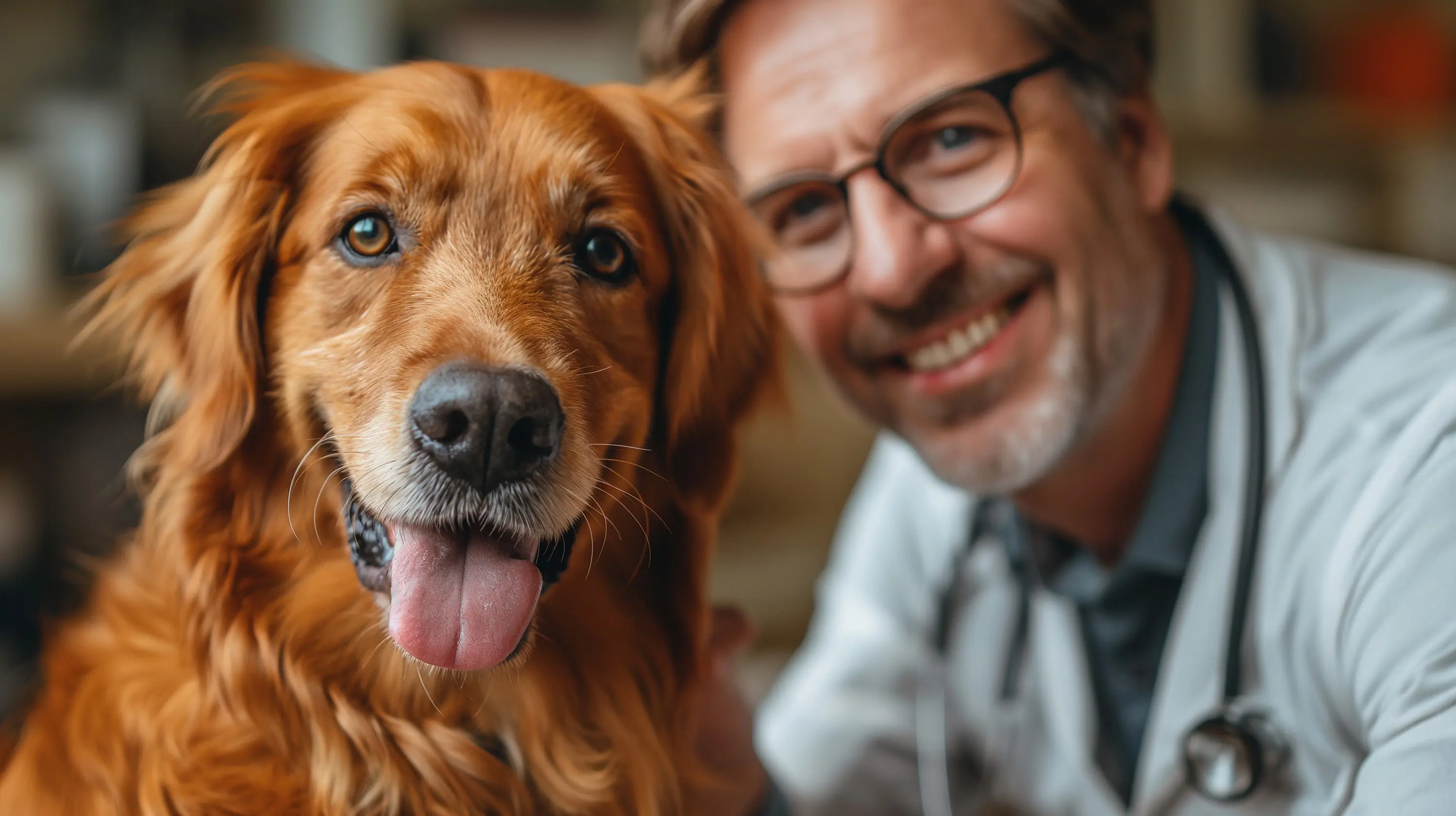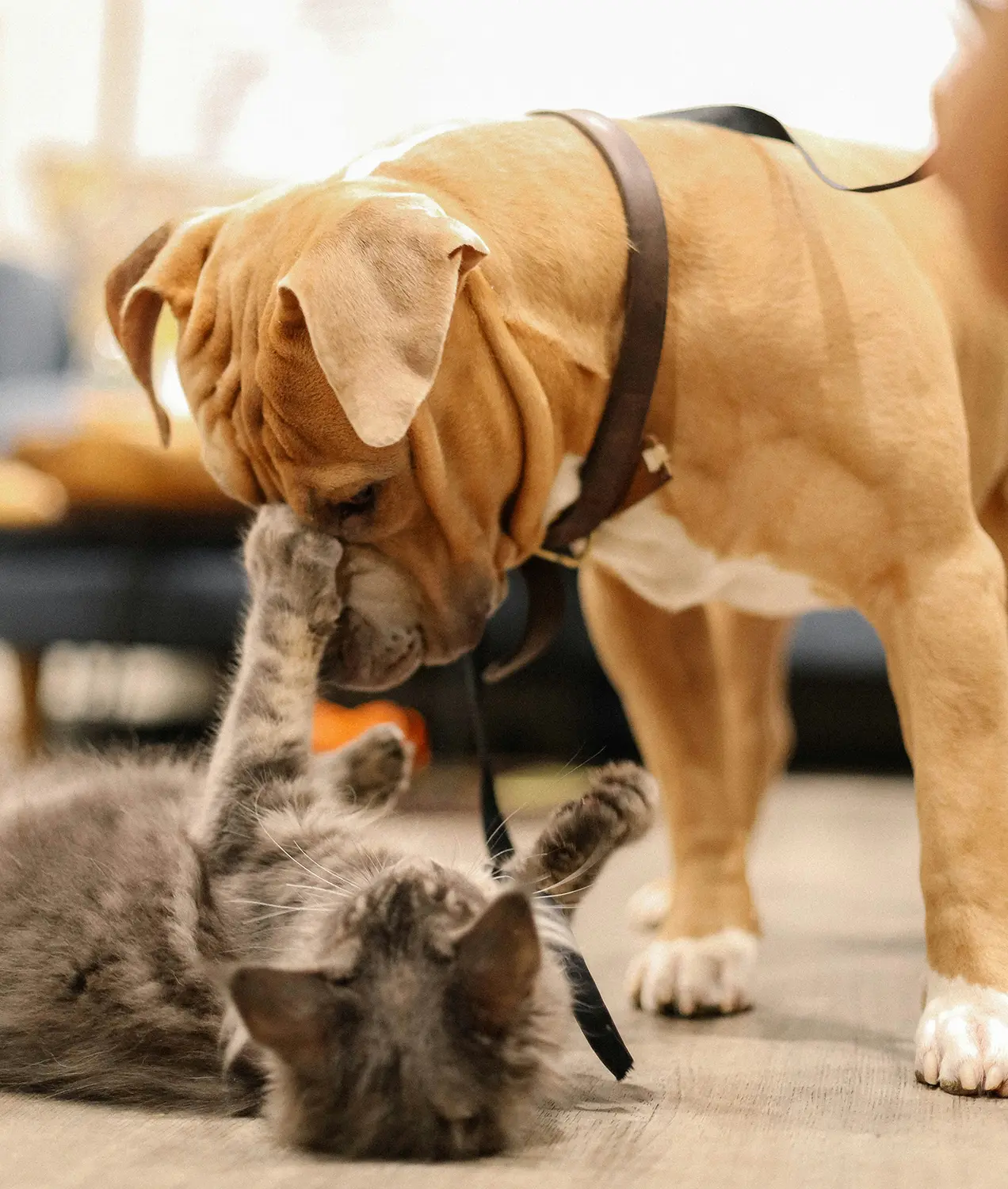
Cats are known for their agility and grace, but even these nimble creatures can suffer from orthopedic issues. Orthopedic problems in cats can significantly affect their mobility, comfort, and overall quality of life. Understanding the common orthopedic issues in cats, their symptoms, and the available treatments is crucial for ensuring your feline friend stays healthy and active. This article explores common feline orthopedic issues and the treatments available to address them.
Common Feline Orthopedic Issues
1. Osteoarthritis
Osteoarthritis, also known as degenerative joint disease, is a common condition in older cats. It involves the gradual deterioration of joint cartilage, leading to pain, stiffness, and reduced mobility.
Symptoms:
- Decreased activity and reluctance to jump or climb
- Stiffness, especially after rest
- Difficulty grooming
- Behavioral changes such as irritability or withdrawal
2. Hip Dysplasia
Hip dysplasia is a genetic condition where the hip joint doesn't develop properly, leading to joint instability and arthritis. While it is more common in dogs, certain cat breeds, such as Maine Coons and Persians, can also be affected.
Symptoms:
- Limping or lameness
- Difficulty getting up or lying down
- Decreased activity levels
- Bunny-hopping gait
3. Patellar Luxation
Patellar luxation occurs when the kneecap dislocates from its normal position. It can be congenital or acquired due to injury. This condition is more common in certain breeds like Abyssinians and Devon Rex.
Symptoms:
- Intermittent limping or skipping gait
- Sudden onset of lameness
- Pain or discomfort when handling the leg
4. Fractures
Fractures can result from trauma, such as falls, car accidents, or fights. Cats have a remarkable ability to hide pain, so fractures can sometimes go unnoticed without close observation.
Symptoms:
- Sudden lameness or inability to bear weight on a limb
- Swelling or deformity
- Pain and vocalization when the affected area is touched
5. Intervertebral Disc Disease (IVDD)
IVDD involves the degeneration of the discs between the vertebrae, leading to pain, nerve damage, and even paralysis. It is less common in cats than in dogs but can still occur, particularly in older cats.
Symptoms:
- Back pain or stiffness
- Weakness in the limbs
- Loss of bladder or bowel control
Treatments for Feline Orthopedic Issues
1. Weight Management
Maintaining a healthy weight is crucial for cats with orthopedic issues. Excess weight puts additional stress on the joints, exacerbating pain and inflammation.
2. Medications
Medications can help manage pain and inflammation associated with orthopedic issues:
- Nonsteroidal Anti-Inflammatory Drugs (NSAIDs): Commonly prescribed to reduce pain and inflammation.
- Analgesics: Pain relievers that improve comfort and mobility.
- Supplements: Glucosamine, chondroitin, and omega-3 fatty acids can support joint health and reduce inflammation.
3. Physical Therapy
Physical therapy can improve joint mobility, strengthen muscles, and reduce pain. Techniques such as hydrotherapy, laser therapy, and gentle exercises can be beneficial for cats with orthopedic issues.
4. Surgery
Surgical intervention may be necessary for severe orthopedic issues:
- Hip Dysplasia: Procedures like femoral head ostectomy (FHO) or total hip replacement can improve joint function and reduce pain.
- Patellar Luxation: Surgical realignment of the kneecap to prevent dislocation.
- Fracture Repair: Techniques such as pins, plates, or screws to stabilize and heal fractures.
5. Assistive Devices
Assistive devices can help cats with mobility issues navigate their environment more comfortably. Orthopedic beds, ramps, and steps can make it easier for cats to move around and rest.
6. Environmental Modifications
Making adjustments to your home can help your cat live more comfortably:
- Easy Access to Essentials: Place litter boxes, food, and water bowls in easily accessible locations.
- Soft Bedding: Provide soft, supportive bedding to cushion joints.
- Safe Climbing Spaces: Create safe and stable climbing spaces to prevent falls and injuries.
7. Alternative Therapies
Alternative therapies such as acupuncture, chiropractic care, and herbal supplements can provide additional relief for cats with chronic pain and mobility issues.
Preventive Measures
Preventing orthopedic issues involves proactive care and management:
- Regular Vet Check-Ups: Regular veterinary visits to us help detect and manage orthopedic issues early.
- Proper Nutrition: Feed a balanced diet to support joint health and maintain an appropriate weight.
- Exercise: Encourage regular, moderate exercise to keep joints healthy and muscles strong.
- Safe Environment: Ensure your home is safe and free from hazards that could cause falls or injuries.
Conclusion
Orthopedic issues in cats can significantly affect their quality of life, but with proper care and treatment, many cats can continue to live active and comfortable lives. Early detection, weight management, appropriate exercise, and a combination of medical and surgical treatments can effectively manage these conditions. We will help you develop a tailored treatment plan that addresses your cat’s specific needs and promotes their overall well-being.










Write a comment
What is your overall rating?